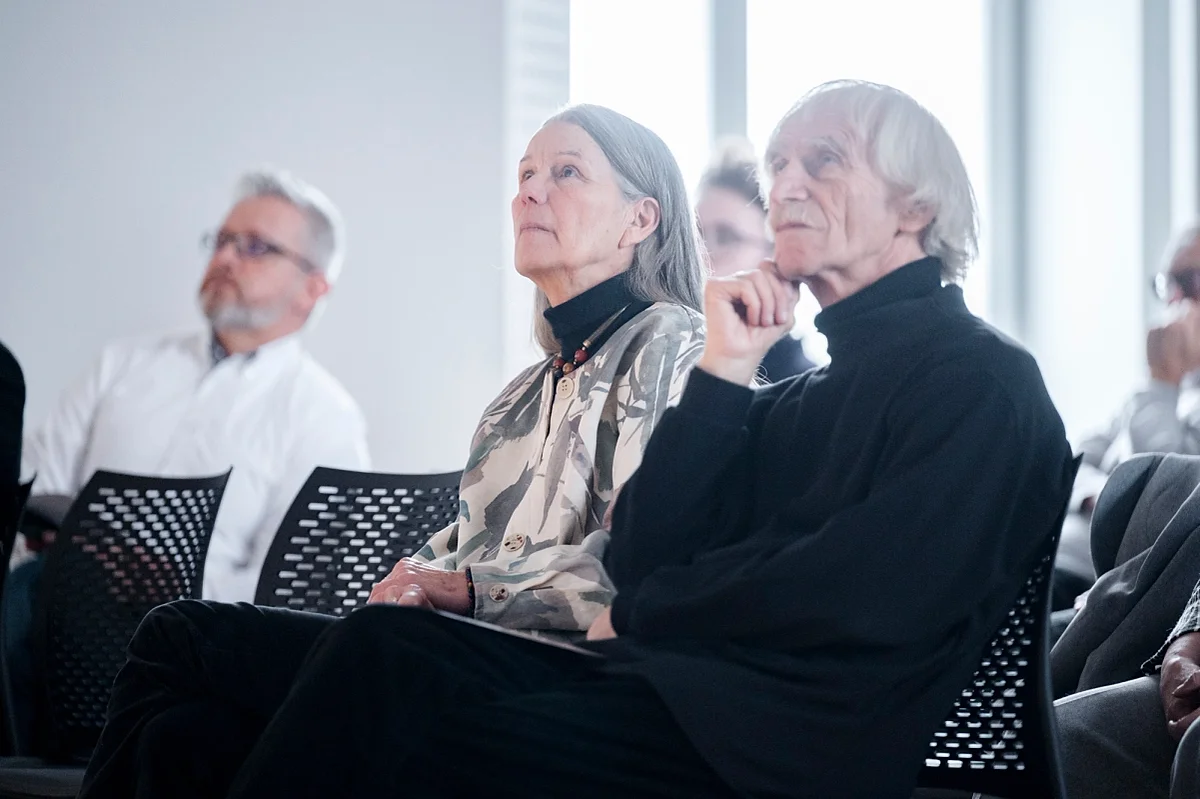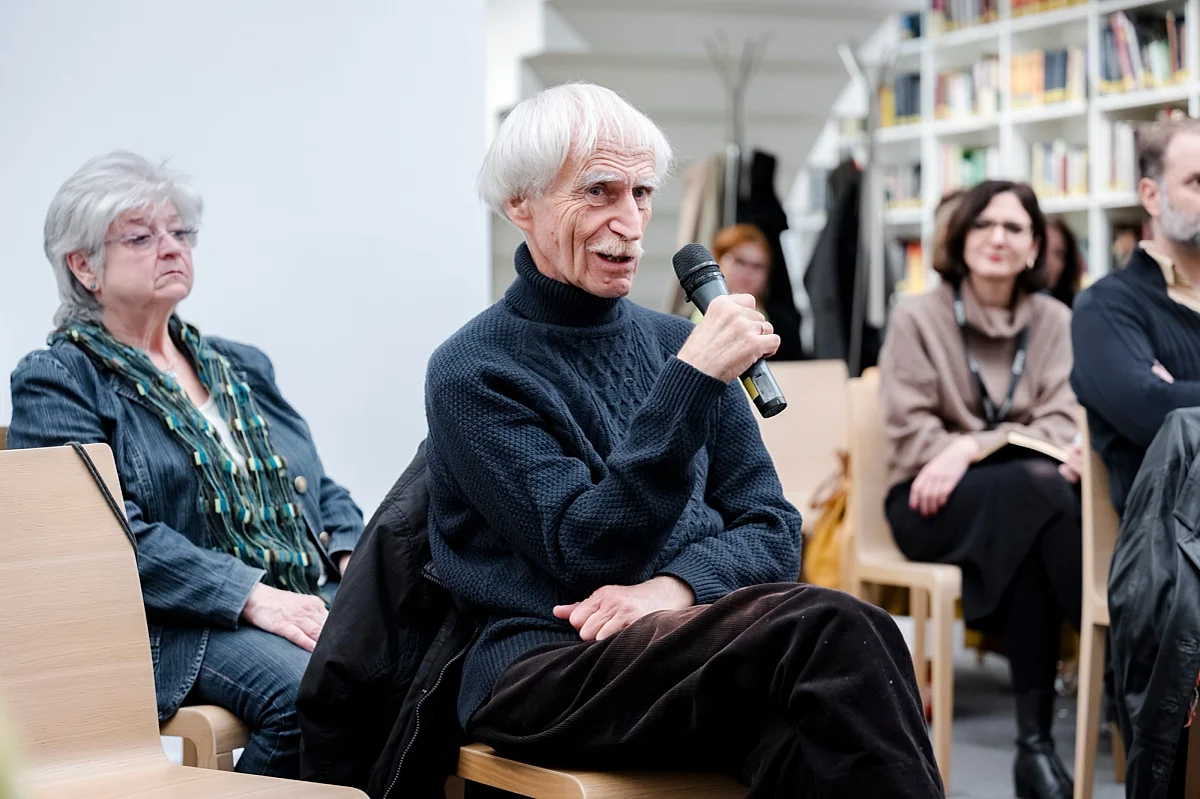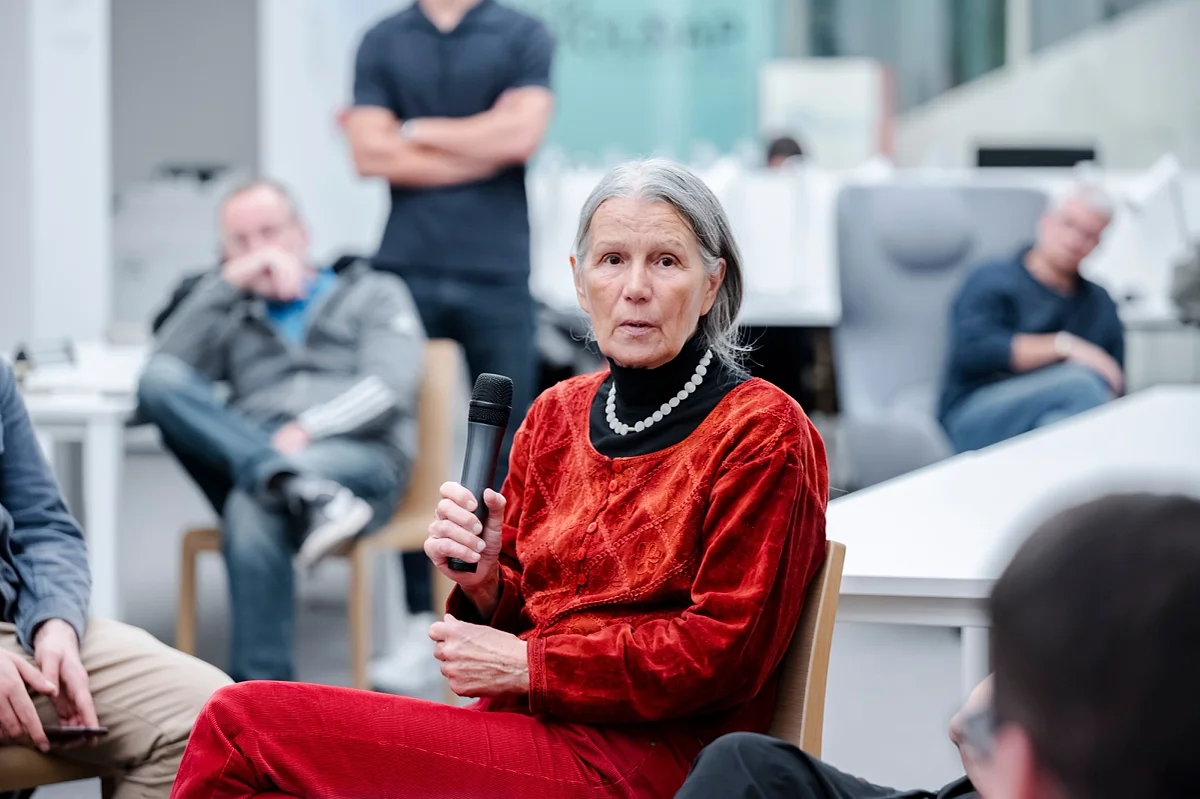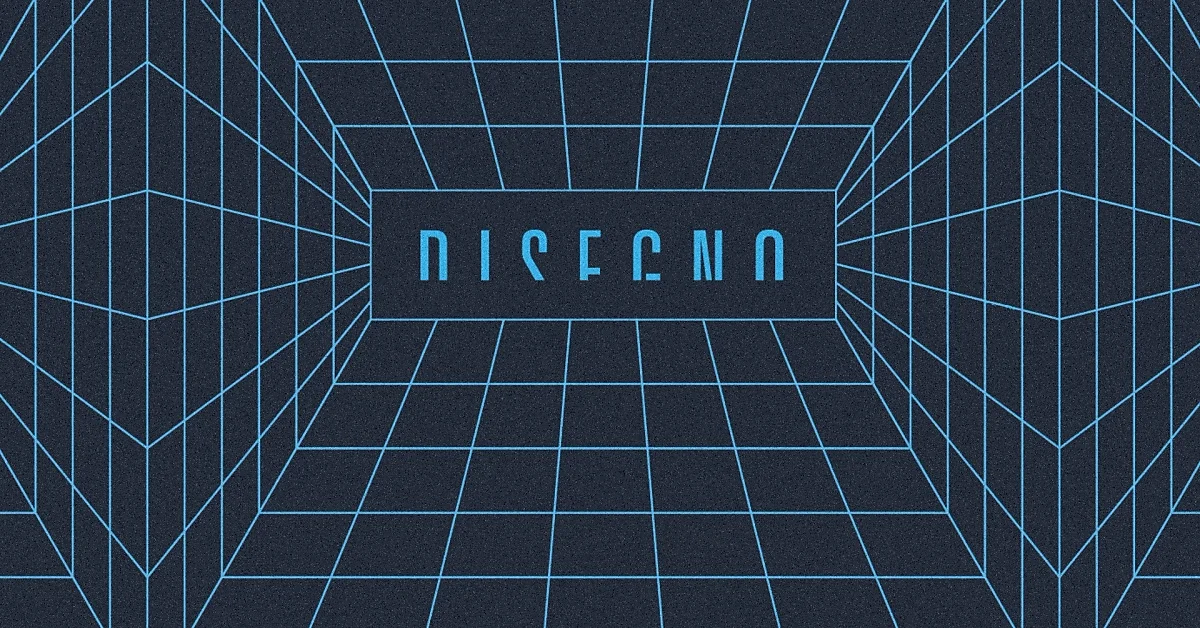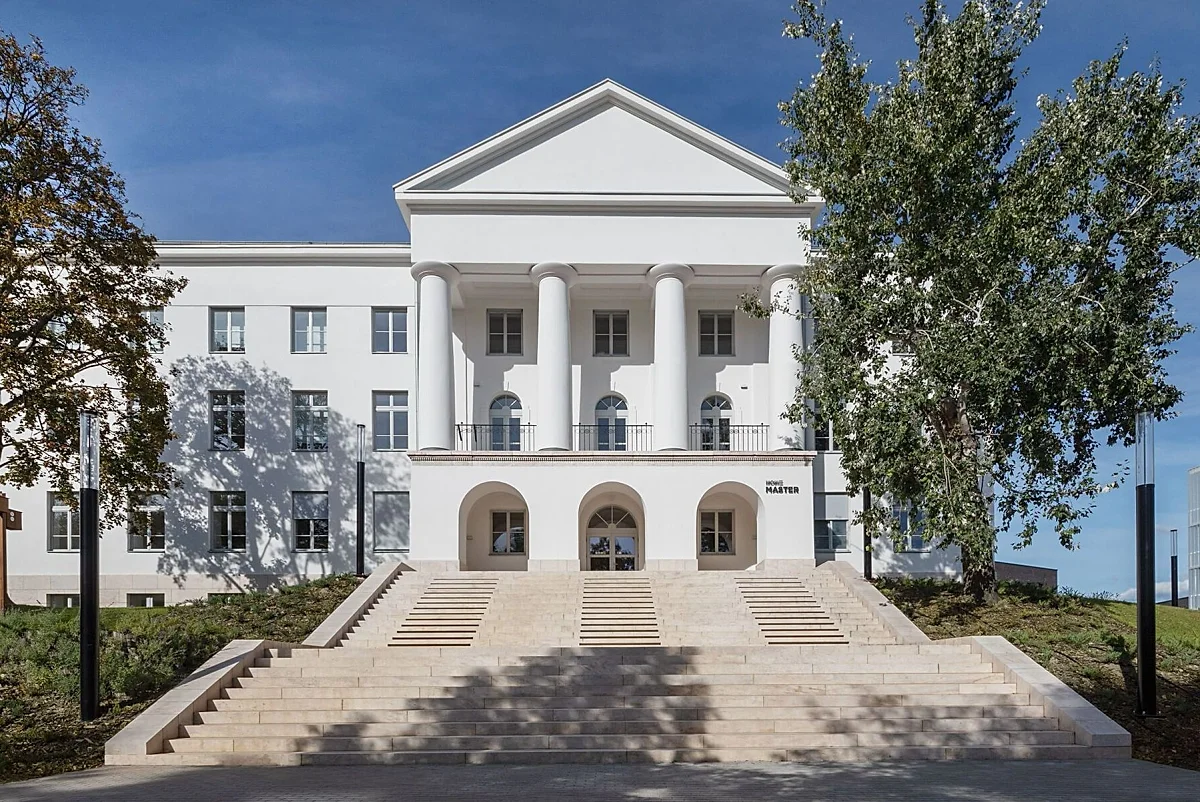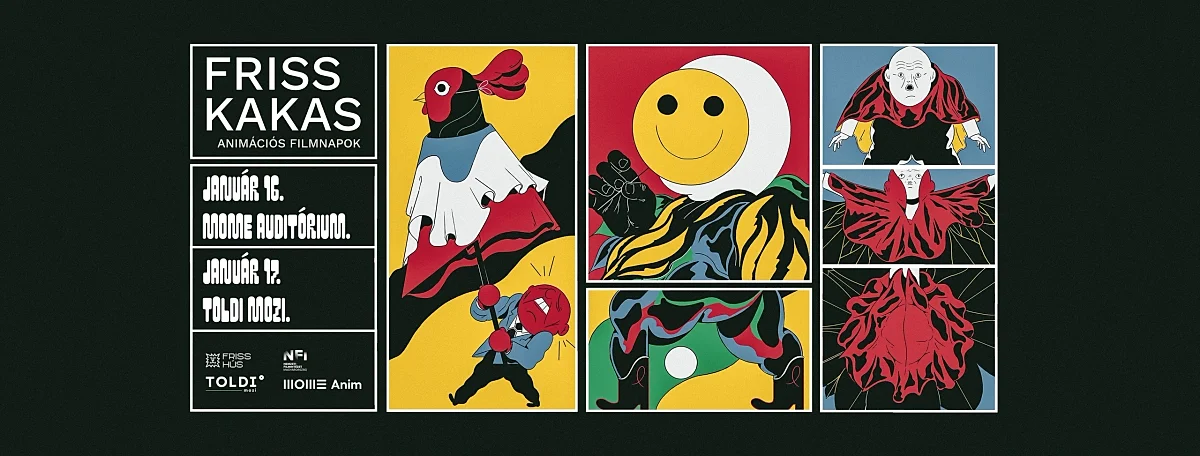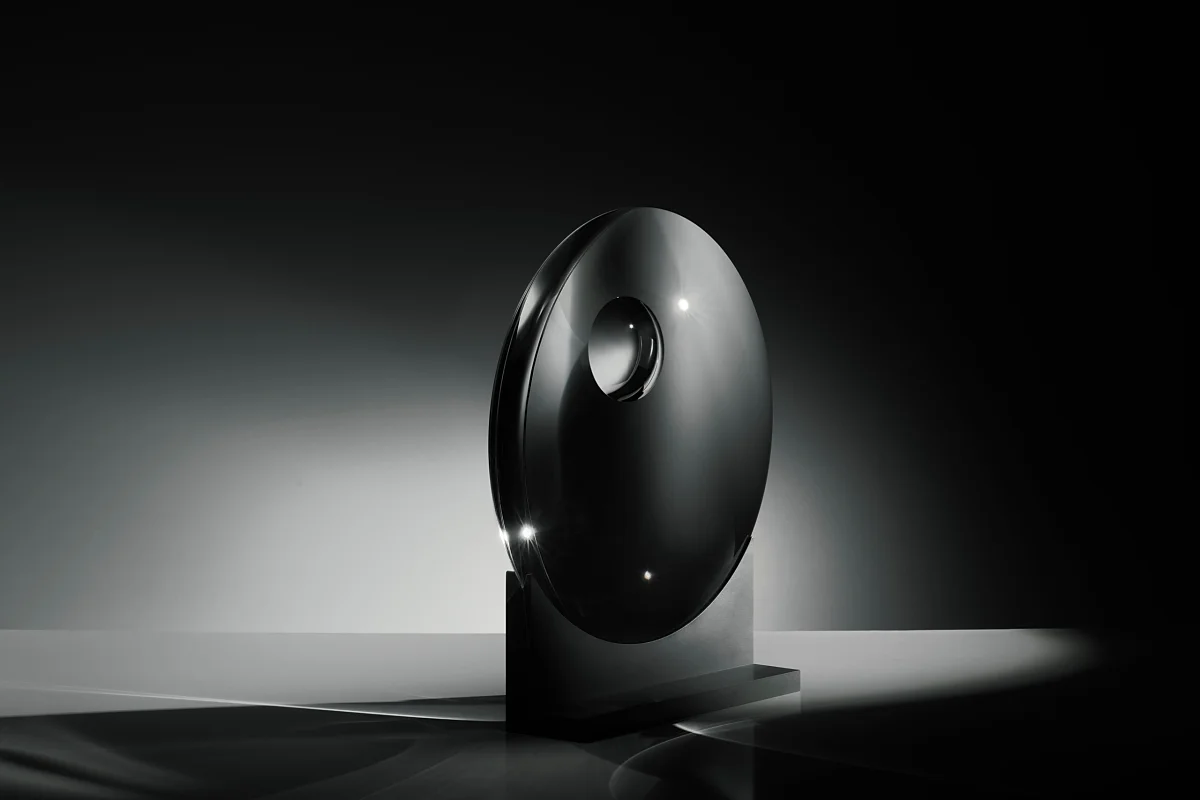
Hungary's leading social science research couple to receive this year’s Moholy-Nagy Award
The jury explained that their nomination not only acknowledges the couple’s exceptionally rich and outstanding professional achievements but also signifies a return to the university’s foundational values, honouring them in a way that resonates deeply with the MOME community.
Ágnes and Gábor Kapitány have been actively involved in Hungarian higher education for over 40 years, teaching at institutions such as the Department of Cultural Anthropology at ELTE, the doctoral schools of ELTE and the University of Pécs, and, since 2000, at MOME. Here, they played a pivotal role in establishing and modernising the Design Culture and Art and Design Management programmes, alongside the accreditation of the MOME Doctoral School’s PhD programme, and continue to shape the university's academic life to this day.
Their research careers have been intertwined from the very beginning. Over the years, their extensive body of work has chronicled the transformation of social values and value systems, from the time of Hungary’s regime change to the present day. Together, they have published more than thirty books and over three hundred papers. Their combined oeuvre is a cornerstone in fields such as value sociology, cultural and visual anthropology, cultural and symbolic studies, material culture, the culture of everyday life, worldviews, survival strategies, and motivation theory, and have shaped generations of professionals.
The latest addition to their rich collection of published works, Symbols of Hungarian National Identity in Everyday Life, was published in 2023 as a sequel to their 1997 Symbols of Hungarian National Identity. The new book makes a particularly compelling read as it revisits their original research, exploring how everyday motifs have influenced the formation of our identity from a twenty-six-year perspective.
For their remarkable scientific achievements, the Kapitány couple received the title of Doctor of the Hungarian Academy of Sciences in 2004, and in 2016, they were awarded the Széchenyi Prize in recognition of their diverse contributions. This November, they will add the Moholy-Nagy Award to their list of accolades, which is presented each year to individuals whose outstanding artistic, research, or creative work is grounded in the same values as those of the university and its namesake.
Previous recipients of the award that intended to convey Moholy-Nagy’s thoughts and ideas still relevant today include archaeologist Hattula Moholy-Nagy, art philosopher Hannes Böhringer, art historian Krisztina Passuth, curator Karole P. B. Vail, art historian Olivér Botár, product designer Stefan Lengyel, Ernő Rubik, and in 2023, film director Gyula Gazdag. These individuals and the MOME community are connected through creativity, integrative thinking, intellectual innovation, and a responsible creative approach.
For further details on the Moholy-Nagy Award, its history, and the award trophy, visit https://mome.hu/en/moholy-nagy-dij
